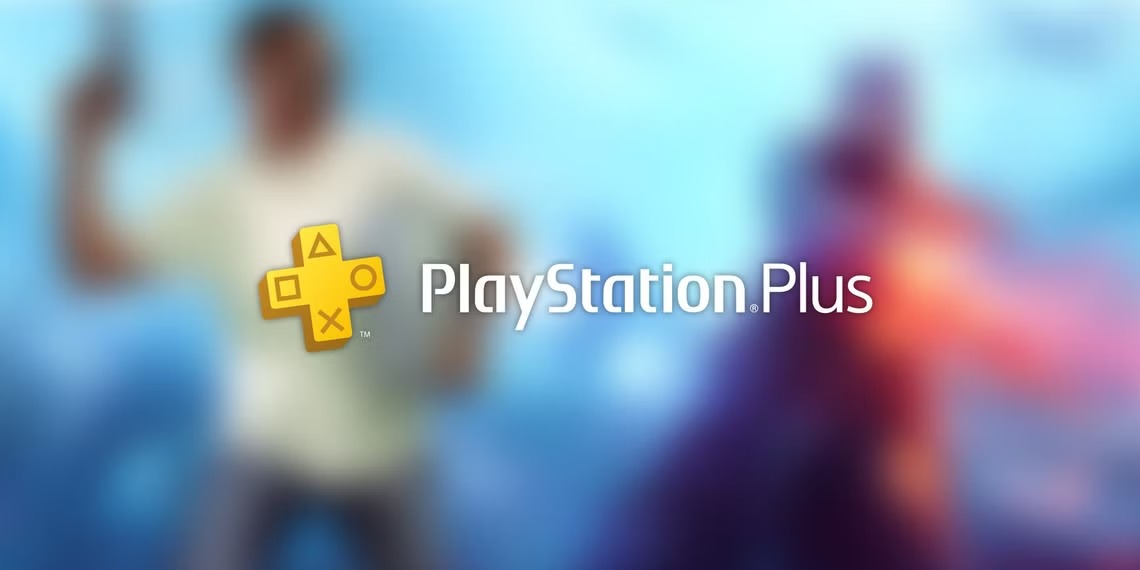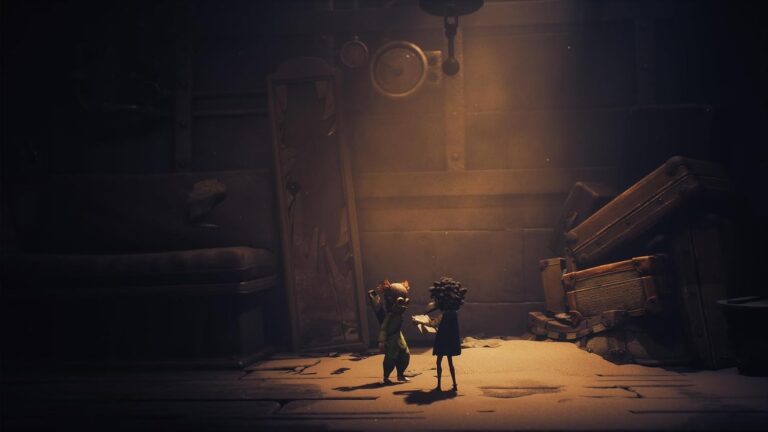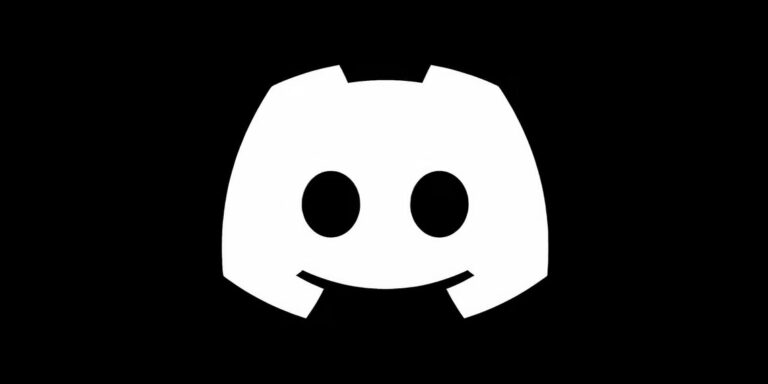
Long before BioShock, Prey, Dishonored and other immersive adventures of that ilk came along there was System Shock, a groundbreaking effort from Looking Glass Technologies that laid the foundations and supplied the design DNA for many of those aforementioned heralded titles. Returning in the remade form to PCs everywhere in May 2023, here are ten reasons why System Shock remains an all-time classic.
A thought-provoking and grimly framed narrative about AI and transhumanism

Set within the confines of Citadel Station, a near-future space station orbiting the earth, System Shock poses the question about what would happen if not only did an AI gain sentience and thus control of the station but also if that same AI also had an ultra-narcissistic god complex to boot. More precisely, System Shock delves into the idea of transhumanism – the notion that SHODAN, the rogue AI in question, believes that humans are imperfect creatures in their default, fleshy form and that only by cybernetic augmentation can they truly reach their highest potential. Grim stuff indeed.
SHODAN remains one of the most terrifying video game villains ever

Arguably the anchoring point of System Shock is SHODAN, the nihilistic AI that has gained sentience within the halls of Citadel space station. Much more than just a variation of Skynet, the sentient AI from the Terminator movies, SHODAN is unique in that it believes in ascension and chiefly, its own ascension beyond just existing as lines of code within cyberspace.
Seeing itself as a god capable of transforming humans into their ‘superior forms’, SHODAN’s arrogance is deeply rooted in psychosis, and never misses an opportunity to taunt the player from the beginning of the game all the way to the end. Always feeling like a constant presence that lurks just over your shoulder throughout the game and given a truly unsettling voice courtesy of American musician Terri Brosius, SHODAN is a true omnipresent threat and one of the best video game villains ever.
You’re a morally compromised protagonist rather than a squeaky-clean hero

Rather than putting players in control of some white meat, a gung-ho protagonist with all the depth of a puddle on a summer’s day, System Shock instead puts players in the shoes of a nameless hacker who rather than suffering punishment for an ill-advised hack of the TriOptimum corporation, agrees to confidentially hack the SHODAN AI on Citadel Station. Awakening from a medical coma only to discover that SHODAN has taken control of the station, System Shock is as much the story of someone on the underbelly of society trying to escape with their skin as much as it is some noble endeavor to stop a power-mad antagonist.
System Shock’s game engine was ahead of its time

More technically advanced than genre contemporaries such as DOOM, System Shock went a step further with its game engine, permitting its level designers to fashion complex structures that could exist on top of one another in a proper three-dimensional space. More than that, System Shock provided players with a detailed physics engine for the first time, allowing thrown objects to bounce convincingly off of surfaces depending on their size and weight. More subtly, the use of physics also directly applies to character movement too, with the camera jerking slightly forward when you begin running and then titling backward a touch when you stop. It was astounding stuff back in 1994 that was way ahead of its time.
You can take the fight to SHODAN in cyberspace

Much more than just a narrative convenience, playing a hacker also lends itself to a significant chunk of the game mechanics in System Shock, since our protagonist makes use of their ample expertise to wreak havoc on SHODAN, diving into cyberspace to destroy viruses, disable security systems and solve puzzles. Proving that it was much more than just another sci-fi shooter, the presence of System Shock’s cyberspace diving shenanigans certainly helped to separate it yet further still from other similar-looking efforts.
The choice of weaponry is more nuanced than any other shooter of its era

Though DOOM was impressed with the blunt force trauma of its arsenal, which included everything from chainsaws to shotguns, rocket launchers, and massive plasma cannons, System Shock instead takes a smarter and more nuanced approach to its weapons. Rather than having a linear upgrade path, the weapons in System Shock not only have different ammo types which are effective against different types of enemies but each weapon can also be modded in order to enhance their face-shooting capabilities yet further still. From assault rifles to rail guns and everything in between, System Shock has your back.
Surprisingly tactical latitude for avoiding and mitigating combat

Though we’ve established that System Shock provides players with no shortage of ways to lay waste to the various cybernetic and mutant enemies, there is also sufficient freedom for clever players to mitigate or avoid combat entirely. As a hacker, System Shock lets players do everything from blocking the path of incoming enemies by shutting down doors, to reprogramming hostile attack turrets and more besides. As nuanced as its themes, System Shock greatly rewards those that use the grey matter as much as their trigger finger.
Lack of hand-holding that respects the intelligence of the player

In keeping with games of its era, System Shock wasn’t especially big on leading folks by the hand, or providing an overabundance of orientation elements in the UI to spoon-feed players where they should go next. With no obvious objective markers or anything of that sort, System Shock instead relies on players to gain direction from the content of the various emails and audio logs that are scattered through the Citadel Station. In short, System Shock respects the intelligence and resourcefulness of players and in the absence of any living NPCs to give you any sort of direction, it makes perfect sense that developer Looking Glass Technologies would design the game this way.
Exposition through e-mail logs and other records

When System Shock’s protagonist awakens after a six-month-long medical coma, it’s fair to say that the number of other folks that are also breathing, let alone that would want to engage in fruitful conversation, is basically nil. Knowing this, the developers behind System Shock instead elect to tell its tale of AI supremacy, transhumanism, and straight-up science fiction horror through a wealth of emails, audio logs, and of course, through SHODAN itself. System Shock’s story is one that has been built for the well-read and the patient. How refreshing, eh?
An evocative soundtrack that still slaps

Leaning heavily into its cyberpunk setting, System Shock made the most of the MIDI music technology of the time to deliver a treat for the ears. Boasting an industrial-influenced soundtrack that brilliantly underscores its grim cyberpunk action, the electronic thrum of System Shock’s sonic offering has remained long in the memory of those crusties (like me) that were around to hear it and still slaps, even today.









